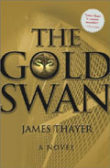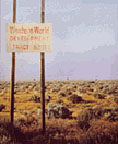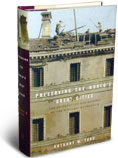From the Vault
In the Cause of Architecture
What the new WTC plans accomplished and what they're up against.
Read More
In the Cause of Architecture
Details at the Bellevue Art Museum an open letter to Steven Holl
Holl's building is simple and beautiful, but is it flawed?
Read More
In the Cause of Architecture
The Case for Tangible Reality
An award-winning Seattle architect argues against abstract theoretical architecture
Read More
In the Cause of Architecture
The Most Beautiful Office Building in the World
The father of the skyscraper assesses the results of the Chicago Tribune Competition in the February, 1923 issue of Architectural Record.
Read More
In the Cause of Architecture
The Architect in Fiction: a collection from the architect's bookshelf
The President Elect of the AIA shares his passion for finding architects in novels
In the Cause of Architecture
What is an Event and What is its Duration?
Assessing the cultural and architectural aftermath of September 11th.
Read More
In the Cause of Architecture
Preserving the World's Great Cities
The author collected tales of cities known for their historic beauty, contrasting their thoughtless destruction with the story of those who fought to save them.
Read More
In the Cause of Architecture
Concrete, Steel, and Philip Glass
A composer discusses the process of writing music for architecture and the possibility of collaborating with architects on a more meaningful level in the future.
Read More
In the Cause of Architecture
The Lesson of the Towering Inferno
A New York City Firefighter speaks out against lightweight skyscraper design
Read More
Copyright ©2024. All Rights Reserved BNP Media.
Design, CMS, Hosting & Web Development :: ePublishing


